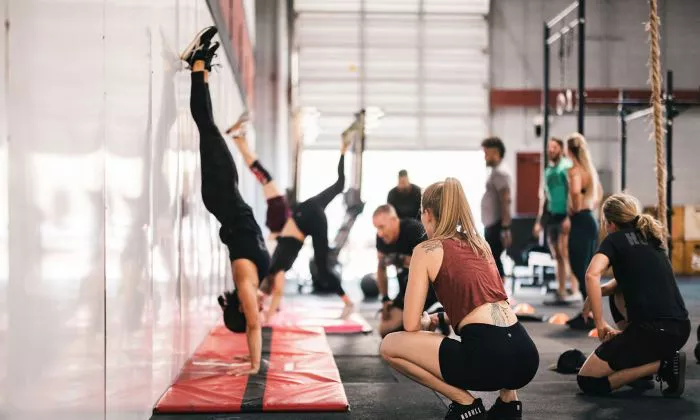Jumping and leaping are two distinct movements often used interchangeably, but they carry subtle differences in their execution, purpose, and biomechanics. In this comprehensive exploration, we’ll delve into the nuances of jumping and leaping to provide a clear understanding of each movement and their respective applications.
Definitions
Jumping:
Jumping is a vertical or horizontal movement where both feet leave the ground simultaneously before landing. It involves explosive force production from the legs to propel the body upwards or forwards. Jumping can be executed with various techniques, including vertical jumps, broad jumps, and squat jumps, among others.
Leaping:
Leaping, on the other hand, typically involves a more extended and dynamic movement characterized by one foot pushing off forcefully while the other foot extends forward or backward. Leaps are often associated with graceful and fluid movements, commonly seen in dance, gymnastics, and certain sports like basketball and volleyball.
Biomechanical Differences
Jumping:
Bilateral Movement: Jumping typically involves both feet leaving the ground simultaneously, resulting in a symmetrical movement pattern.
Vertical or Horizontal Force: Depending on the desired outcome, jumping can be executed vertically (e.g., vertical jump) or horizontally (e.g., broad jump), requiring varying degrees of force production and technique.
Leaping:
Unilateral Movement: Leaping involves a unilateral movement pattern, with one foot exerting force while the other serves as a pivot or extension point.
Dynamic Range of Motion: Leaps often require a more extensive range of motion and dynamic flexibility, as they involve fluid transitions between positions and directions.
Applications and Context
Jumping:
Athletic Performance: Jumping is essential for various athletic activities, including basketball, track and field, and plyometric training, where explosive force production is crucial for success.
Functional Training: Exercises like squat jumps, box jumps, and vertical jumps are commonly incorporated into fitness routines to improve lower body power, strength, and agility.
Rehabilitation: Jumping exercises can be used in rehabilitation settings to improve neuromuscular coordination, proprioception, and lower body strength following injury.
Leaping:
Artistic Expression: Leaping is often associated with artistic and expressive movements found in dance, ballet, figure skating, and gymnastics, where fluidity, grace, and precision are emphasized.
Performance Arts: In theatrical performances, leaping can convey emotions, narrative elements, and character dynamics, adding visual appeal and storytelling depth to choreographed sequences.
Sports and Acrobatics: Leaping movements are also prevalent in sports like basketball (e.g., layups), volleyball (e.g., spike approach), and diving, where athletes use leaping techniques to gain height, distance, or momentum.
Technique and Skill Development
Jumping:
Explosive Power: Jumping requires explosive power, which can be developed through strength training, plyometric exercises, and proper technique refinement.
Landing Mechanics: Proper landing mechanics are essential to reduce the risk of injury, including maintaining a soft knee bend, absorbing shock evenly through the feet and legs, and landing with proper alignment.
Leaping:
Extension and Elevation: Leaping involves achieving maximum extension and elevation while maintaining control and balance throughout the movement.
Artistic Expression: Leaps often incorporate elements of artistry, such as pointed toes, graceful arm movements, and fluid transitions between positions, contributing to their aesthetic appeal.
Conclusion
In summary, while jumping and leaping share similarities as dynamic movements that involve propelling the body off the ground, they differ in execution, purpose, and biomechanics. Jumping typically involves both feet leaving the ground simultaneously, emphasizing explosive force production and vertical or horizontal displacement. In contrast, leaping is characterized by a more extended and dynamic movement pattern, often involving a unilateral push-off with graceful and fluid transitions between positions.
Understanding the distinctions between jumping and leaping can help athletes, dancers, performers, and fitness enthusiasts refine their techniques, tailor their training regimens, and enhance their performance in their respective disciplines. Whether you’re aiming for explosive power and athleticism in sports or seeking fluidity and grace in artistic expression, mastering the nuances of jumping and leaping can elevate your skills and unlock new possibilities in movement and performance.
Related Topics:
Belly Fat Battle: The Truth About Heat Belts


